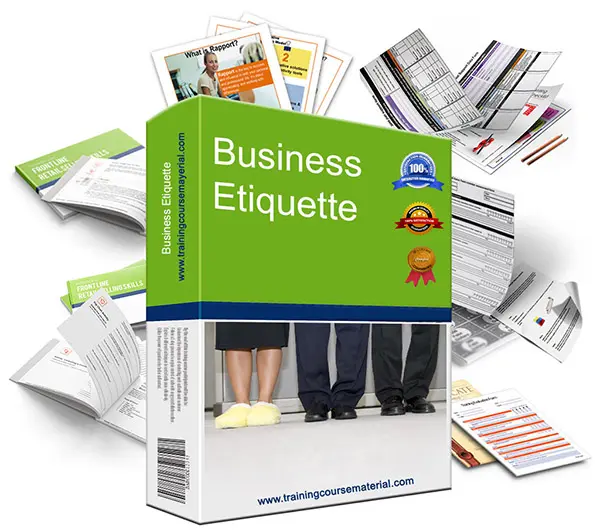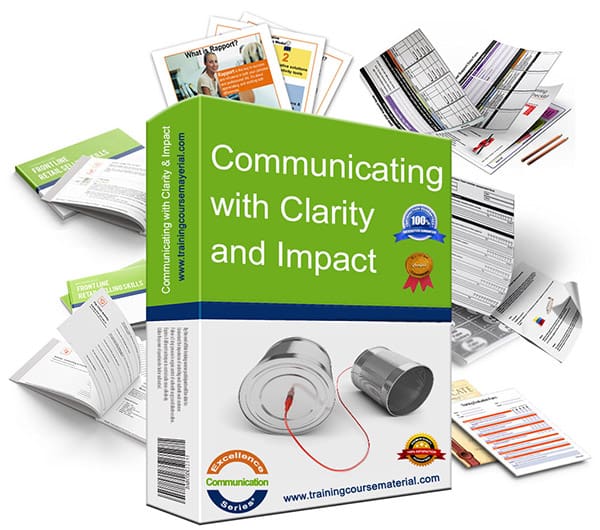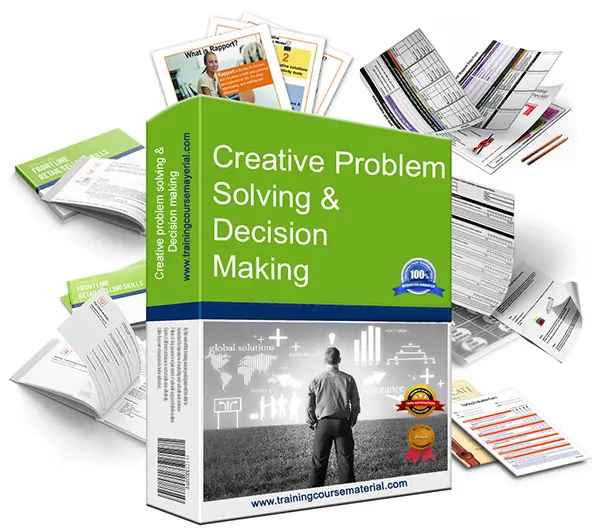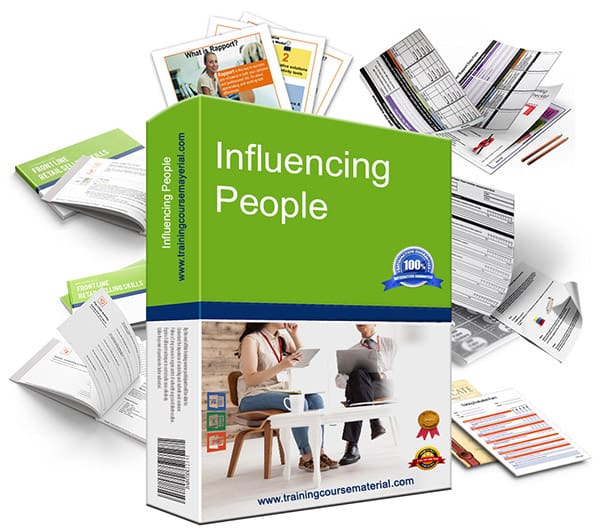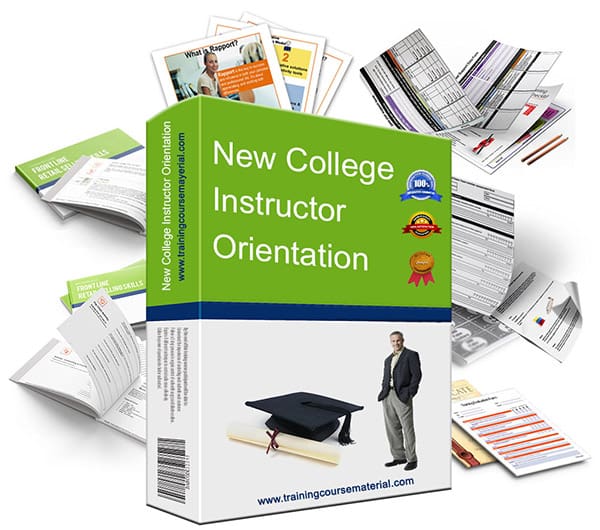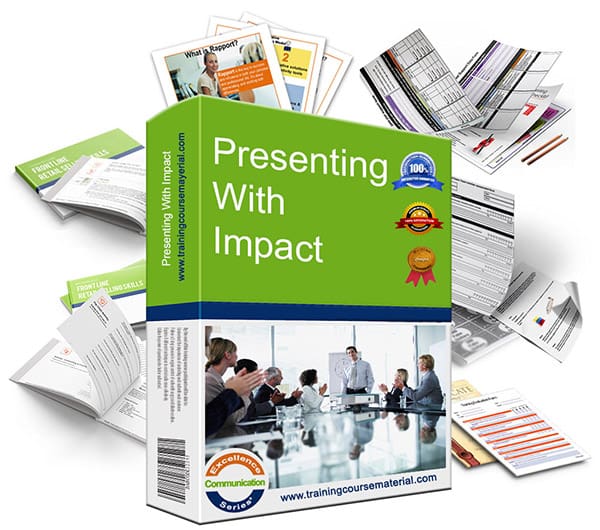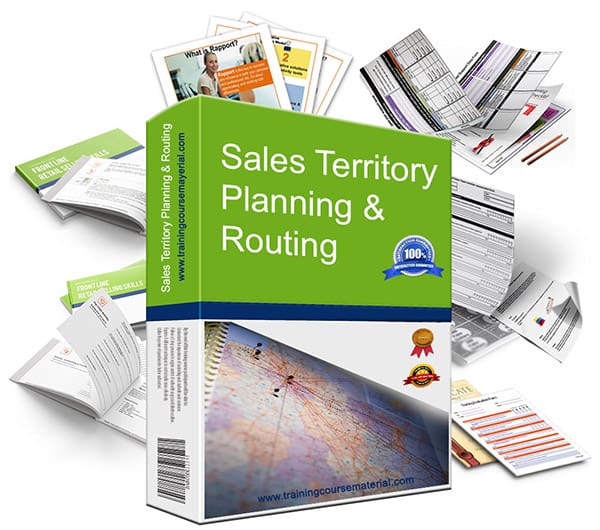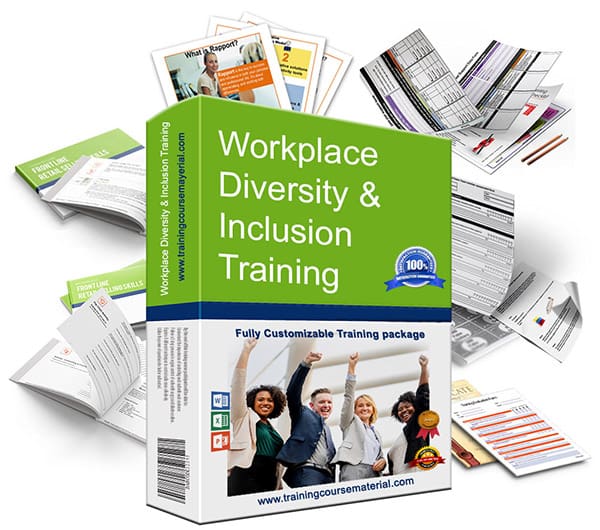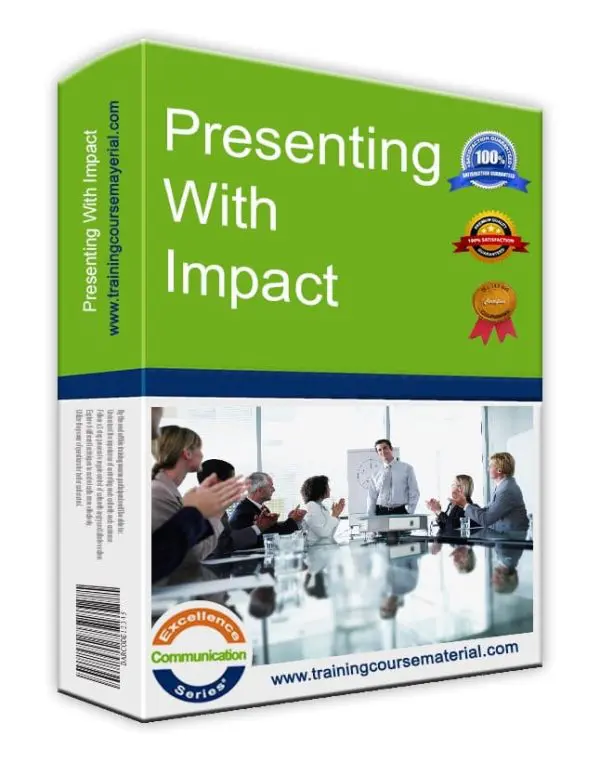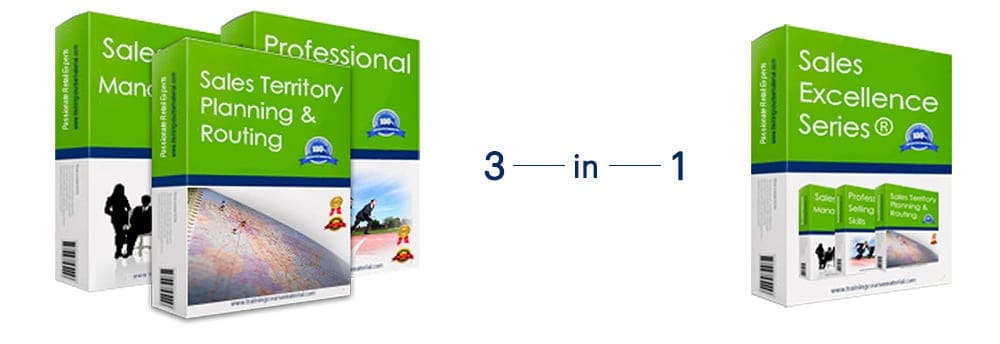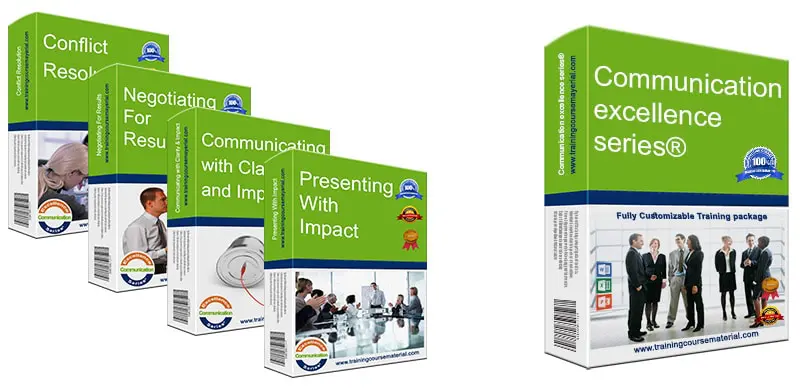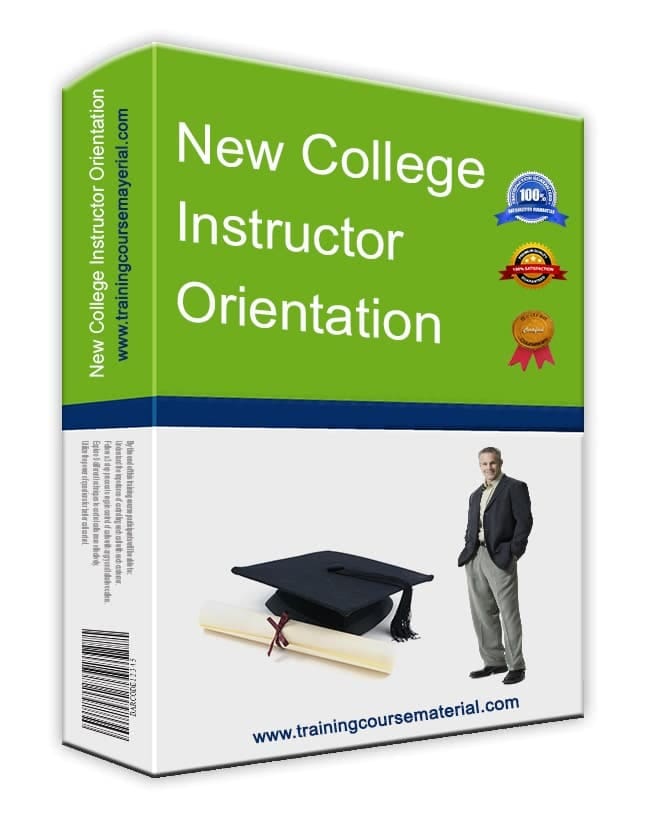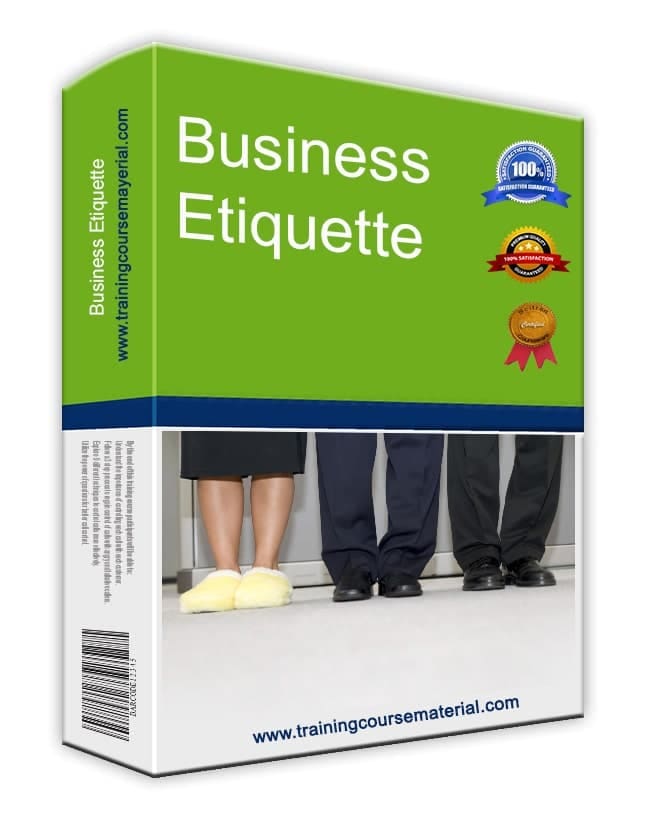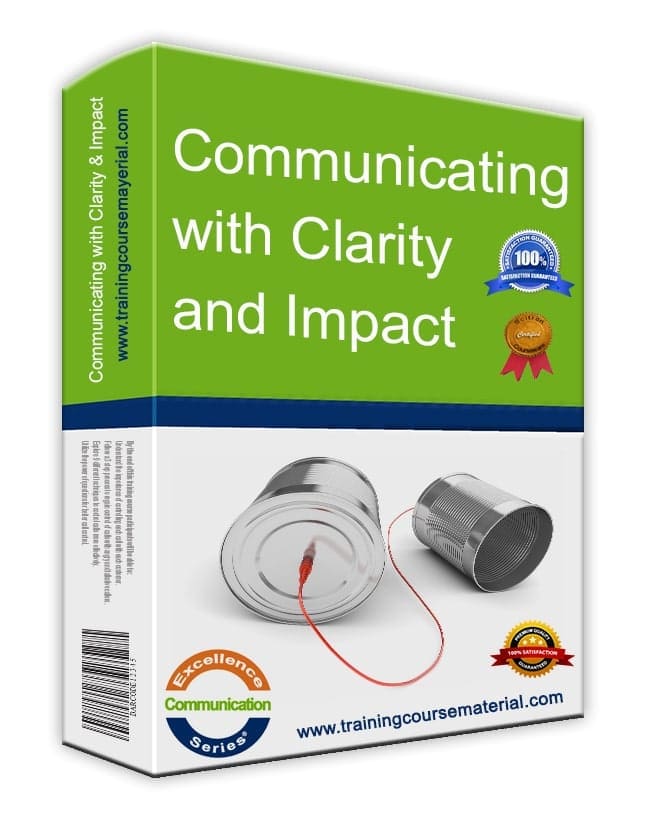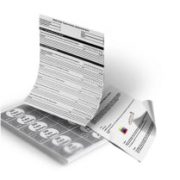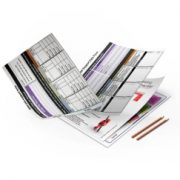Projecting a Professional Image in Presentations
By the TrainingCourseMaterial.com Team
First impressions stick. And they stick fast. People quickly form judgments based on how you look, speak, and carry yourself. That’s why projecting a professional image—especially when presenting—can shape how your message is received before you've said a word.
Why First Impressions Matter
Your audience will form opinions about your credibility and professionalism based on what they see and hear in the first few seconds. It's not just about appearance. It's about energy, clarity, and how you communicate your purpose.
“You never get a second chance to make a good first impression.”
Key Factors That Shape Your Image
Appearance
Whether it's fair or not, people associate your outward appearance with your work style. A tidy, organized look suggests professionalism and reliability. Think of yourself as the visual start of your presentation—what you wear and how you carry yourself speaks volumes.
Attitude
Energy is contagious. Enthusiastic speakers—even when covering dry topics—draw attention. Be genuinely interested in your subject. Let your natural personality come through. Your audience will feel it.
Clarity and Direction
Know where you're going and let your audience know too. Set clear objectives early and explain how you’ll reach them. This builds trust and makes your message easier to follow.
Career Tips for a Stronger Presence
- Dress for the job you want—not just the one you have.
- Pick one skill to improve first—voice, posture, gestures.
- Lower your pitch slightly for vocal authority.
- Speak slightly faster to sound more persuasive.
- Smile when it’s genuine—not just to please.
- Enter meetings ready to contribute early. Ask for the agenda ahead of time.
- Write monthly progress summaries for your manager to highlight achievements.
- When disagreeing, suggest an alternative rather than just opposing.
- Mirror body language and use shared language patterns to build rapport.
- Focus on supporters—those who offer knowledge, access, or influence.
- If you make a mistake, own it and outline your fix.
- Cut hedge phrases and filler words. Say what you mean.
- Use "I" statements to express reactions and accountability.
- Set clear, believable goals—and take action toward them.
What Really Impacts Promotions?
Recent studies suggest that getting promoted has less to do with how well you do your job—and more to do with how others perceive you.
- Doing the job – 10%: Task performance and responsibilities.
- Image and personal style – 30%: Attitude, presence, and how you handle yourself.
- Visibility – 60%: Who knows you and what you’re known for.
Eight Ways to Raise Your Profile
- Look the part: Consistent grooming and professional dress signal readiness and confidence.
- Stay current: Know your role, your company, and your industry trends.
- Volunteer strategically: Take roles that put you in front of others—presentations, reports, meetings.
- Publish your progress: Write internal updates, summaries, or articles for newsletters or team docs.
- Network: Learn names, follow up with contacts, and show up to professional events.
- Use business cards: Always carry them. Be ready to connect professionally.
- Invest in professional photos: Use them for speaking gigs, internal spotlights, or profiles.
- Keep improving your presentations: Even seasoned speakers fall into habits. Get feedback. Stay sharp.
🎤 Free Presentation Skills Self-Assessment
Want to evaluate your delivery style and how you present yourself? Try our free self-assessment to gain quick insights.
📘 Presenting With Impact – Instant Download Training Package
Give your team the tools to command attention, build presence, and deliver strong first impressions. This training package includes trainer scripts, participant workbooks, PowerPoint slides, and more.
Reviewed and fact-checked by the TrainingCourseMaterial.com editorial team on . Originally published September 2021.




